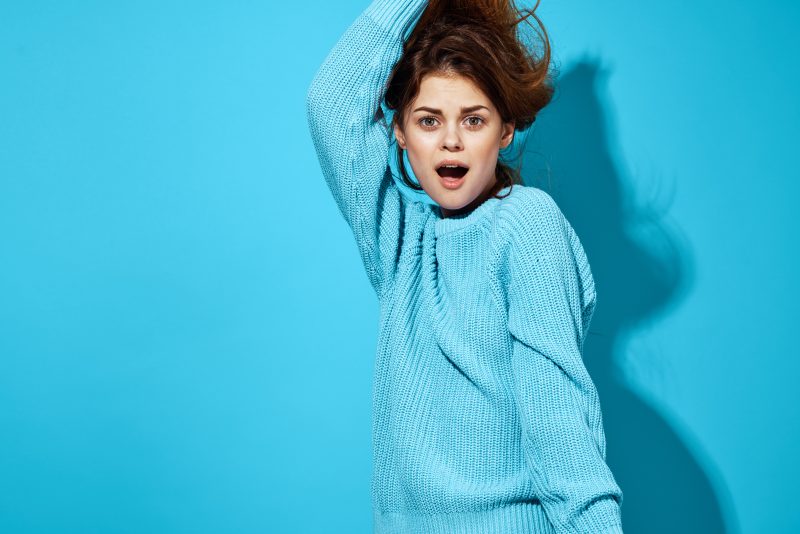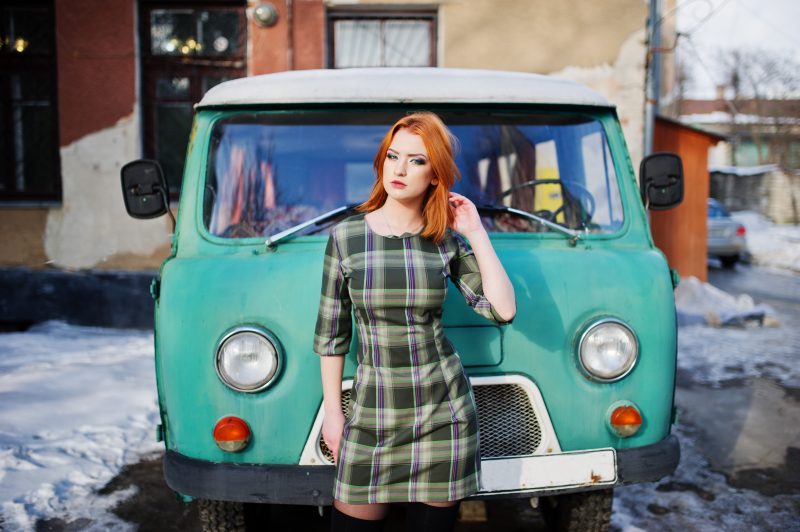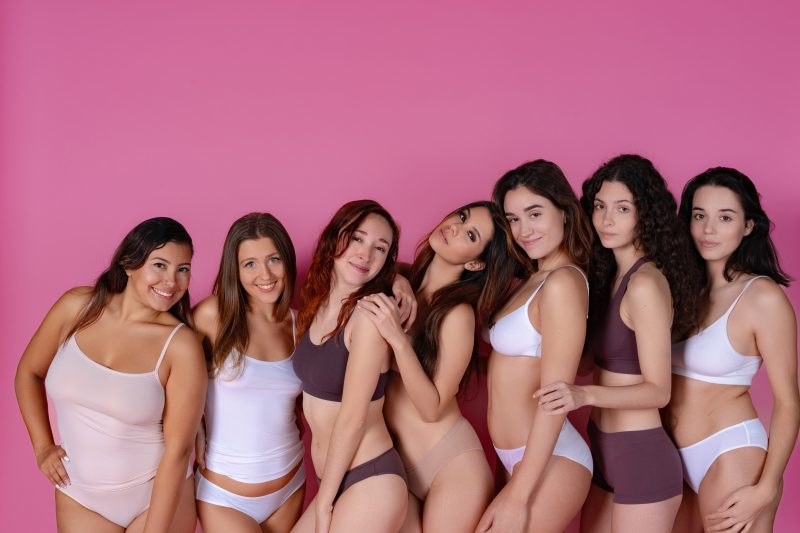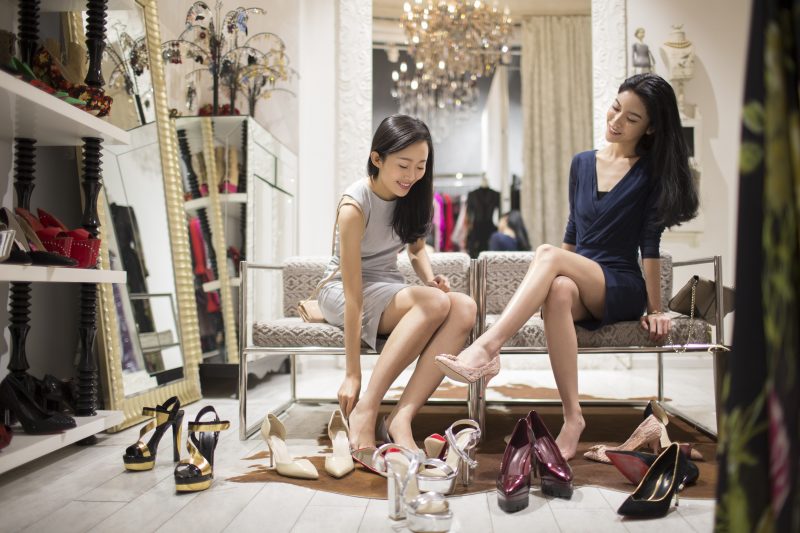Last month, I was queuing for coffee at that painfully hip place near Columbia Road (you know the one—tiny cups, enormous prices, baristas who look like they’re auditioning for a Mumford & Sons revival) when a woman tapped me on the shoulder. “Excuse me,” she said, eyeing my boxy linen shirt appreciatively, “is that the new Toast collection? I’ve been eyeing it online.” I smiled, took a sip of my flat white to build dramatic tension—honestly, I’m nothing if not a showwoman—and then delivered the punchline: “It’s Marks and Spencer. Last season. Twenty-eight quid.” Her face did that peculiar dance between disappointment and delight that I’ve come to recognize as the universal response to learning someone’s enviable item is actually affordable.
This wasn’t the first time my high street purchases have been mistaken for their more expensive cousins. Three years ago, at a work event, the fashion director of a magazine I was desperately trying to impress complimented my “perfect Jigsaw culottes.” They were from Uniqlo and cost less than a round of drinks in any London pub. I nodded vaguely and changed the subject before she could ask for details, which I’m not proud of, but we all have our moments of weakness when career advancement is on the line.
These mistaken identity moments have become something of a personal sport—finding those high street gems that could genuinely pass for their premium counterparts. Not dupes or knock-offs (I have complex feelings about those that would require their own 2000-word essay), but items that capture the essence of these beloved British brands without directly copying specific designs. It’s about finding pieces with that same slouchy sophistication, the quiet luxury, the “I’m an ceramicist with a holiday home in Cornwall” energy that makes brands like Toast and Jigsaw so eternally appealing and bank account-destroying.
Let’s be honest—there’s something deeply alluring about the Toast/Jigsaw/Whistles aesthetic. That particular strain of British sophistication that says “I care about clothes but not fashion.” Clothes for women who own multiple linen aprons and know how to make sourdough from a starter they’ve kept alive longer than most houseplants. The sort of unstudied elegance that actually requires quite a lot of studying to get right. The problem, of course, is that cultivating this carefully uncultivated look typically requires spending approximately eleven billion pounds on organic cotton shirts and artfully rumpled linen trousers.
But here’s my controversial fashion take: you can achieve roughly 85% of the look for about 30% of the cost if you know where to look.
And after a decade of professional clothes-staring (it’s a real job, I promise), I’ve become something of a savant at identifying the high street pieces that capture that premium essence.
First, let’s acknowledge what makes these brands worth the money if you can afford them. The quality is genuinely superior—the fabrics age beautifully rather than just aging. The cuts are considered, often allowing for actual human bodies with their inconvenient lumps and bumps. The colours tend toward sophisticated, muted tones that coordinate effortlessly. And there’s that ineffable sense of design cohesion—everything works together in a way that makes building a wardrobe almost foolproof.

But if your budget laughs hysterically at the idea of £120 for a plain white shirt (mine certainly does), here’s where I’ve found the most convincing alternatives.
Marks and Spencer is having a moment that I hope never ends. Their linen range has improved so dramatically in recent years that it’s almost suspicious. Last summer I bought a boxy, oversized linen shirt in a perfect shade of faded terracotta that could absolutely pass for something three times the price. The key was the colour—that specific “I might have been naturally dyed with actual rust and tea leaves” tone that cheaper brands often get wrong. Their linen trousers, particularly the wider leg styles, have that perfect balance of structure and rumple. Yes, the buttons might need reinforcing (a two-minute job even for the sewing-averse) and they won’t last quite as many years, but at £35 versus £135, I can live with that compromise.
Uniqlo remains the secret weapon for basics that don’t scream “basic.” Their linen-cotton blend shirts have a weight and drape that belies their price tag. The U collection in particular, with its boxy cuts and muted palette, captures that artsy minimalism perfectly. Last winter I bought a heavy cotton overshirt in a rich cocoa brown that has prompted more “Is that Toast?” questions than anything else I own. It cost £34.90 and looks better now, slightly faded from washing, than it did new—the hallmark of good quality basics.
H&M might seem like an unlikely contender in this category, but their Premium Selection occasionally yields gold. The trick is to ignore 90% of the store and head straight for the sections with natural fabrics. I found a collarless linen dress last summer in the perfect shade of weathered black (you know, that soft almost-charcoal that looks like you’ve had it for years) that captures the effortless simplicity of much more expensive brands. At £49.99 it wasn’t the cheapest item in the store, but the compliments-per-wear ratio has been exceptional.
& Other Stories is slightly higher on the price scale but still significantly less than the brands they’re often mistaken for. Their knitwear in particular has that perfect slouchy-but-not-shapeless quality that brands like Jigsaw have mastered. I have a merino-blend cardigan from two years ago that looks remarkably similar to one Whistles released this season at triple the price. The colour palette tends toward those sophisticated, slightly muddy tones that characterize premium British brands—moss greens, burned oranges, oatmeals, and chambrays.
The White Company, while not exactly budget, often has sales that bring their signature understated pieces into more accessible territory. Their linen collection captures that breezy, undone quality perfectly, and their knitwear has the substantial feel that makes expensive jumpers worth the money. I’ve found that their simple shapes and neutral colours are easy to mix with high street finds to elevate an entire outfit.
Arket deserves special mention for their near-perfect capture of the premium minimalist aesthetic. Their heavy cotton overshirts and perfectly cut trousers could easily be mistaken for brands at twice the price. The palette of earthy neutrals and subtle patterns (think tiny geometric prints that look like a particularly sophisticated postal mark) hit that sweet spot between interesting and timeless. Their merino knits have the perfect drape and weight that cheaper versions often miss.
Even good old John Lewis has been quietly upping its game with the Kin range, which offers that architectural simplicity that makes Jigsaw so appealing. I have a boxy navy wool jacket from two seasons ago that regularly gets mistaken for a much pricier brand. The key with Kin is to look for the slightly unusual cuts—the cocoon shapes, the dropped shoulders, the unusual proportions that signal design intention rather than basic mass production.
COS remains the high street champion for architectural designs and unusual proportions that still somehow flatter. While not exactly budget (their prices have crept up steadily), they’re still significantly cheaper than premium brands for pieces with genuine design credentials. The trick with COS is to avoid looking like you’re wearing a conceptual art project—select one interesting piece and pair it with simpler items to avoid the “I’m an extra from a sci-fi film about minimalist aliens” look that can happen with head-to-toe COS.
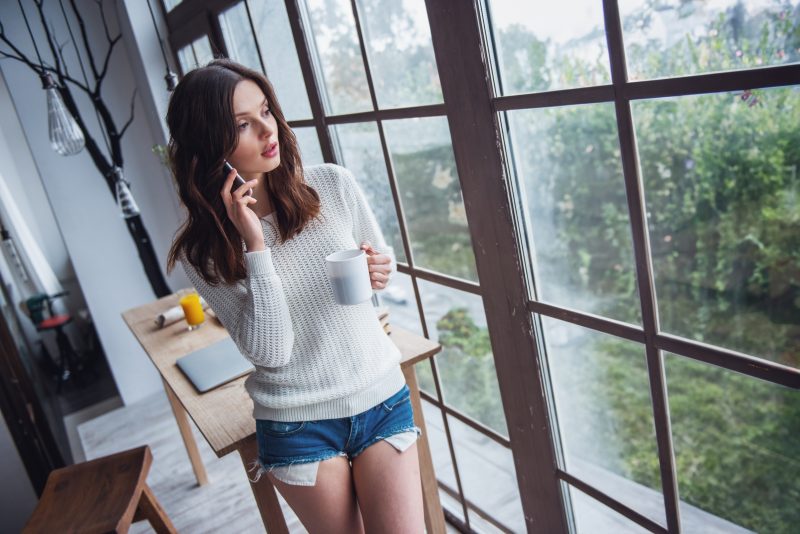
There are specific types of items that I’ve found most convincingly mimic the premium aesthetic. Boxy linen or heavy cotton shirts, particularly in faded, slightly unusual colours—the dusty pinks, sage greens, and burnt oranges that look like they might have been naturally dyed by artisans in a beautiful sun-drenched workshop. Wide-leg trousers with proper waistbands and a slightly cropped length. Collarless jackets in textured fabrics. Knits with interesting details like exposed seams or unusual button placements. Dresses in simple shapes but interesting textures.
The details matter enormously in pulling off this look. I automatically replace buttons on high street purchases—it’s remarkable how much a set of good quality wooden or horn buttons elevates a simple shirt. I look for natural fabrics wherever possible, or at least good quality blends that don’t have that synthetic sheen under certain lights. And I’ve learned to identify the specific colour palette that these brands employ—those complex, slightly muddy tones that look sophisticated rather than shouty.
Of course, there are limits to this high-low strategy. Construction techniques matter—premium brands often use proper French seams and pattern-matching that mass market brands skip. Linings are usually better quality and actually designed to work with the drape of the garment rather than just cover the inside bits. And let’s be honest, natural fabrics from high street brands might look the part initially but usually won’t age with the same beautiful patina that makes investment pieces worth the money.
But there’s a certain satisfaction in creating that premium look on a realistic budget—finding those pieces that capture the essence of understated luxury without requiring a trust fund to afford them. It’s fashion alchemy, turning high street straw into gold through careful selection and styling.
My most triumphant moment came last autumn at a literary festival (yes, my life is that middle-class cliché, judge away).
A woman I recognized as a fairly well-known author complimented my “beautiful Jigsaw dress” as we waited for a talk to begin. It was Warehouse in the sale, £27, and I’d replaced the plastic buttons with some vintage shell ones from my grandmother’s button tin.
I thanked her without correction, and we moved on to discussing her latest novel. Sometimes fashion fibbing is the kindest option for all involved, and I suspect both Toast and Jigsaw would survive the revelation that their aesthetic can be approximated for less.
The true test came recently when I wore an & Other Stories linen blazer to interview an actual Toast designer for a piece I was writing. She complimented the jacket without asking its origin, which I consider the ultimate stealth success. I didn’t volunteer the information—there are limits to my journalistic honesty when personal fashion credibility is at stake—but I wore the quiet victory all day like an invisible accessory. The most convincing high street find is the one that doesn’t draw attention to itself as an alternative—it simply exists as a beautifully designed piece in its own right. And finding those pieces is perhaps my most useful professional skill, though one notably absent from my official CV.
